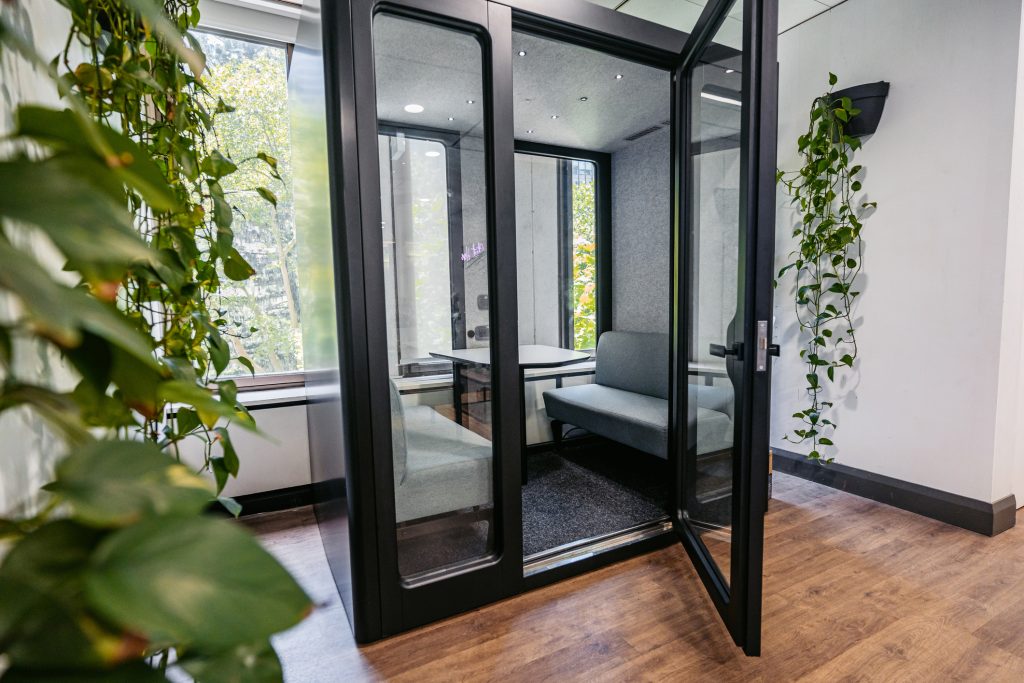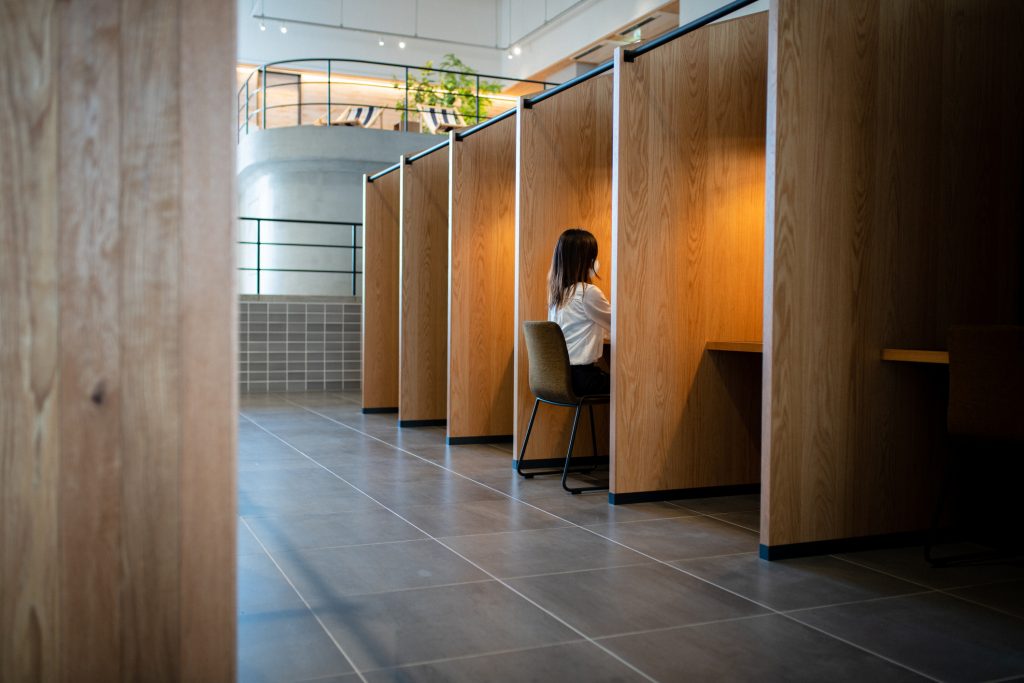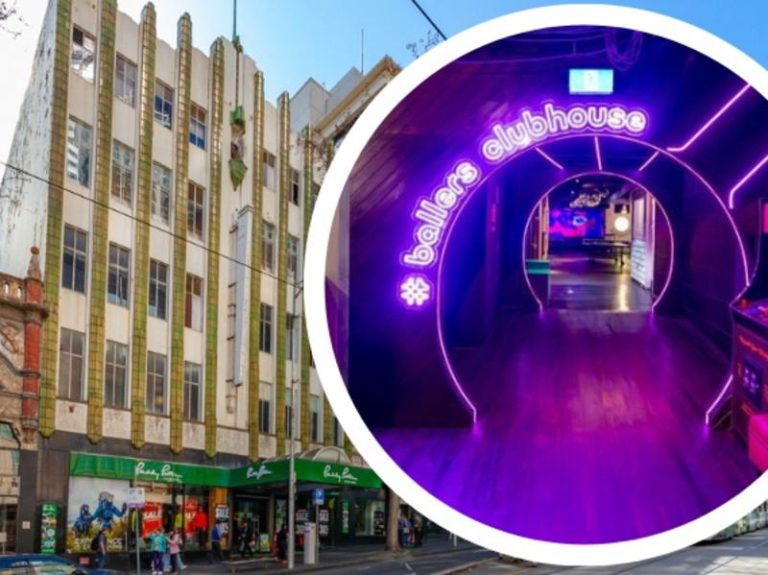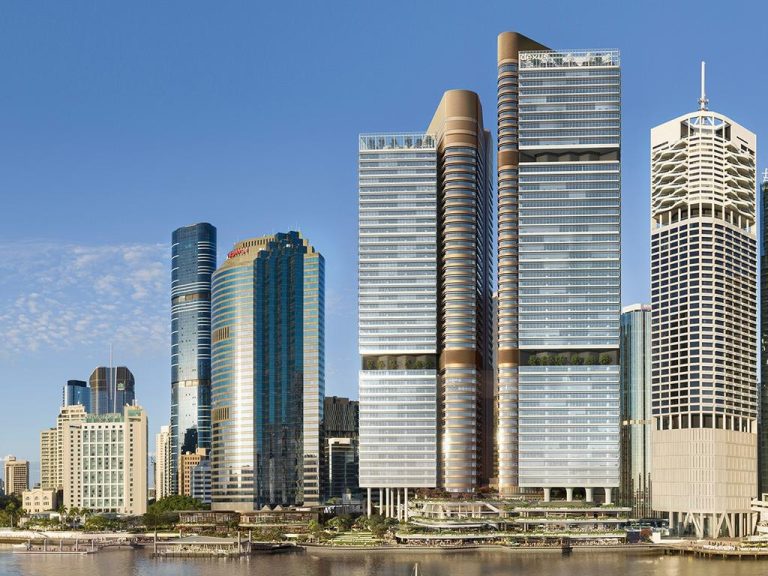Surprising fix to frustrating office problem: Noisy coworkers

Workplaces are rolling out more quiet spaces to help workers concentrate in the office and escape the endless phone calls and booming desk-side chats that are driving some beyond distraction.
As return-to-office mandates kick in and workers increasingly spend more days in the office, businesses are tackling noisy coworkers and similar workplace annoyances with a simple solution: more focus spaces.
These quiet zones are popping up in offices everywhere, designed to shut out the noise and give workers a much-needed escape.
It’s a trend that Felicity Marshall, head of workplace consulting, Pacific at CBRE, is seeing more and more of across Australian workplaces.

As workers increasingly return to the office, businesses are introducing more focus areas to their workplaces. Picture: Getty
“The way we work has fundamentally changed,” Ms Marshall told realcommercial.com.au.
“Employees now want spaces that help them be productive, not spaces that act as barriers to productivity.”
CBRE helps other businesses to improve their workplaces, but it also plans to roll out a range of new focus areas at its new Victorian headquarters.
They are expecting to increase the quantity of focus areas four-fold in the new office, compared to their current office space that was designed in the mid-2010s.
These new concentration spaces will include meeting rooms, also known as jump rooms, pods, semi-enclosed workstations, and call-free work areas.

Workplaces are introducing soundproof pods for workers to take calls and have meetings. Picture: Getty
If you need to take a quick call in private, you will be able to find some quiet in a jump room or pod.
But if you need to concentrate on a difficult task, then a call-free work area that resembles a library might do the trick.
For employers, this isn’t just about keeping workers happy – it’s about staying competitive.
Ms Marshall cited research showing 70% of employees believed they could collaborate just as effectively at home, meaning companies need to make the office worth the commute.
It also suggests that businesses will need to provide spaces where people can actually get work done.

Workplaces are also looking at semi-enclosed workstations and call-free work areas. Picture: Getty
“If you’re enforcing return-to-office mandates but the workplace isn’t set up for success, you’re just creating tension,” Ms Marshall said.
“It’s about making sure the workplace experience is worth coming in for.
“It’s a missed opportunity to not adapt to the new ways of working.”
So, what does the office of the future look like?
Ms Marshall said it’s likely to be a mix of vibrant collaboration zones and quiet focus spaces, all designed to support the way we work today.
“It’s not about adding walls – it’s about creating a workplace that works for everyone,” she said.
“The key is giving people choice. Everyone has different preferences, and the workplace needs to reflect that.”







